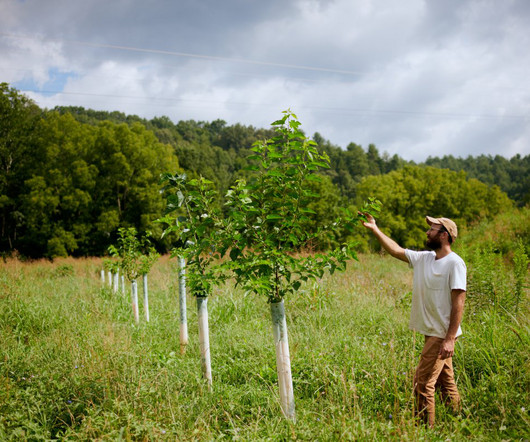Op-Ed | Why the World’s Food Systems Need to Transition Away from Industrial Agriculture
Food Tank
DECEMBER 1, 2023
Current food systems are responsible for one-third of global greenhouse gas emissions and for nearly 80 percent of biodiversity loss. Switching to agroecology offers a way to produce food within diverse landscapes growing and nurturing different crops, livestock and fisheries suited to the conditions and communities that live in the area.














Let's personalize your content